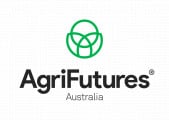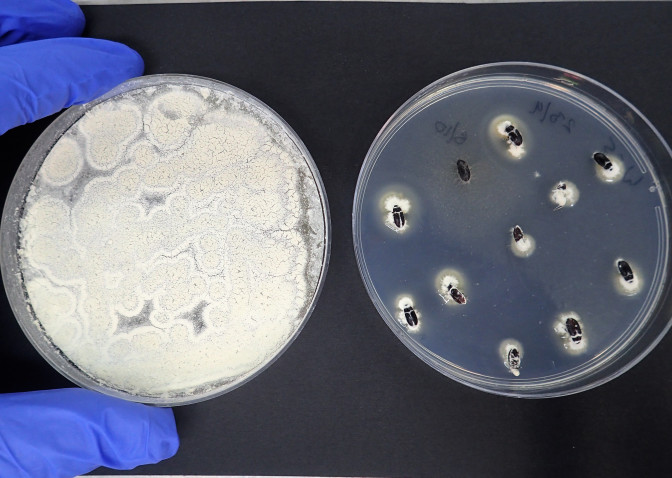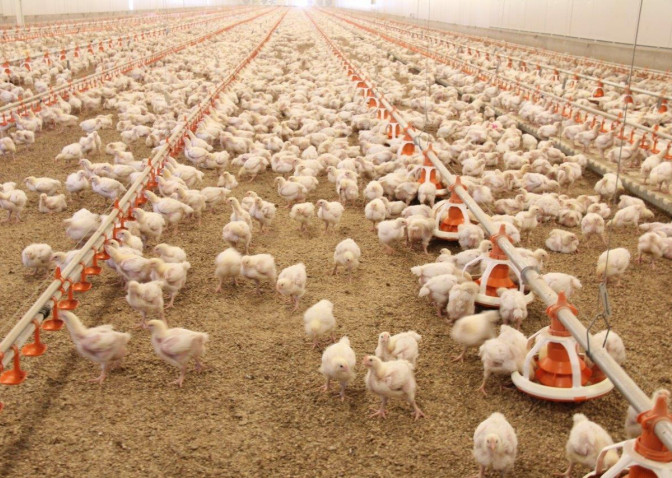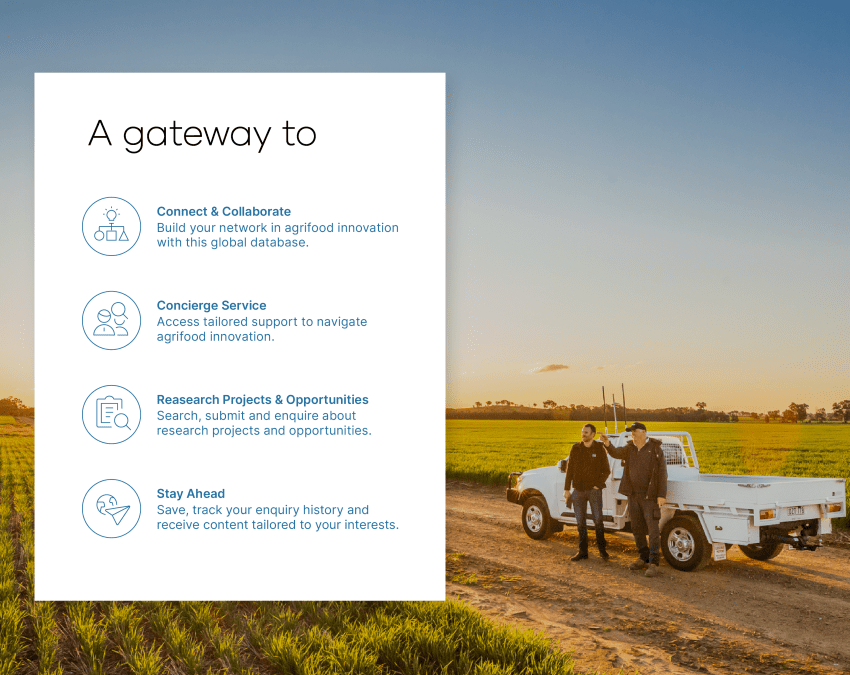
Fungal biocontrol commercial opportunity offers benefits for chicken meat industry
An Australian mycopesticide innovation, developed by AgriFutures Australia and the Queensland Department of Agriculture and Fisheries (DAF), is an effective alternative to chemical pesticides for lesser mealworm control. AgriFutures and DAF are now seeking biotech partners to commercialise the product.
-crop-1185x680.png)
For such small creatures, lesser mealworms and the darkling beetle – the adult form of the lesser meal worm - can cause a great deal of damage. The tiny, 6mm-long pests threaten the health of poultry across Australia, spreading a variety of food pathogens such as salmonella and campylobacter and damaging valuable shed infrastructure. And the risk of their impact is increasing, as the darkling beetle shows resistance to existing control chemicals.
“Pesticide resistance is developing,” said Steven Rice, Principal Technical Officer at Queensland Department of Agriculture and Fisheries (DAF). “A new option is needed and I think we have a viable one here.”
AgriFutures Australia and DAF have developed a fungal biocontrol agent for lesser mealworm control from the spores of the fungus Beauveria bassiana. The fungus-based formulation leaves no residue in chicken litter, and doesn’t contribute to insecticide resistance development. It’s also non-toxic to mammals and birds. Using a fungi that’s a natural pathogen of the lesser mealworm would ease reliance on conventional chemical pesticides, thereby providing a greener, longer-lasting solution to an enduring pest.
Steven has “a history of working with mycopesticides'' with 23 years’ experience with DAF working on insect control in the laboratory and in the field. DAF is working in partnership with AgriFutures Australia, and is now seeking interested biotech companies to commercialise the product for market. The IP is split 80% AgriFutures Australia and 20% DAF.
The project was borne from a proposal submitted to AgriFutures Australia following an open call for research, said AgriFutures Australia’s Research Manager, Rachele Osmond. “An earlier project was funded that identified proof of concept before trials were held on farm to determine [the] effectiveness of the product in commercial situations. The project is jointly funded by AgriFutures Australia and DAF.”
Related organisations



Opportunity for international poultry sector, a boon for local market
It could be a much-needed alternative for the more than 700 chicken farms across the country, which produce the majority of the 46.9 kilograms of chicken meat consumed by each Australian annually.
“The international market is much larger,” said Steven. “We produce about a million tonnes of chicken meat annually and the largest markets are places like the USA and China, they produce up to 20 times that much.”
Rachele agrees: “Darkling beetles are an issue for poultry industries worldwide, so [there are] definitely international opportunities.”
In field trials at chicken-meat farms with litter re-use and replacement regimens – following laboratory work that tested against a range of temperatures, pH levels and various lesser mealworm life stages – Beauveria mycopesticides reduced lesser mealworm populations by around 70% compared to untreated sheds after only a few applications. In fact, one of the formulations performed better than the industry-standard pesticides tested in parallel and the other mycopesticide formulation equaled the effectiveness of the pesticides.
“The advantage of fungi is that it’s a natural product, it doesn’t have any chemical residues, and it’s not harmful to birds or to humans,” said Steven. “Essentially, it’s a clean and green option. Insecticides often work well for a while but when pesticide resistance develops their effectiveness reduces.”

Biocontrol and mycopesticides: Getting ahead of chemical pesticide resistance
The final trials of the mycopesticide are underway, and Steven predicts they will be finished in the next three-to-four months. AgriFutures Australia and DAF anticipate the project will be ready for commercialisation in the next six months and are looking for partners with “a willingness to do something that’s a little different,” said Steven.
“Chemical pesticides are still a very important part of agricultural pest control,” he said. “We need to be thinking about alternate control options and something like biocontrol is an interesting option and, in this case, an effective one.”
The opportunity goes beyond chickens, said Steven, with the potential to set a new standard in an environment saturated with increasing pesticide resistance.
“I think with a product like a mycopesticide, once you have a precedent in one industry, then I think it makes it easier for other industries to adopt them. It’s just a matter of producing the right product for the right industry and often that takes an intimate knowledge of the target pest or what the management objective is.”
“I think in terms of precedence, [the adoption of this mycopesticide] would make it easier for other industries to adopt mycopesticides.”
Next stage: Team ready to bring Australian innovation to commercial ag sector
AgriFutures Australia and DAF are eager to hear from interested partners, including those with an understanding of biological control; agricultural chemical companies with an interest in darkling beetles; biocontrol companies looking to expand their reach; those with expertise in growing the fungal agent as well as formulating the product into a suitable application medium; and animal health companies already working in the agricultural space.
“There is also the opportunity for a startup that has the interest and backing to take this product to the next level,” said Rachele. “And on a potentially global scale.”
“It just needs a commercial partner who’s willing to produce it and market it locally and potentially internationally,” said Steven.
If you are a biotech company interested in developing new pesticide products and wanting to learn more about this this commercial opportunity enquire here.
Enjoyed this story? Sign up for our newsletter here and stay up to date with our latest stories, news and opportunities.
-crop-850x675.png)
Looking for engagement?
Showcase your commercialisation opportunity today.
Talk to our team to discuss how growAG. can connect your innovation to industry.
Have questions? Find answers to our most frequently asked questions on research projects, commercial opportunities, organisations and more.
